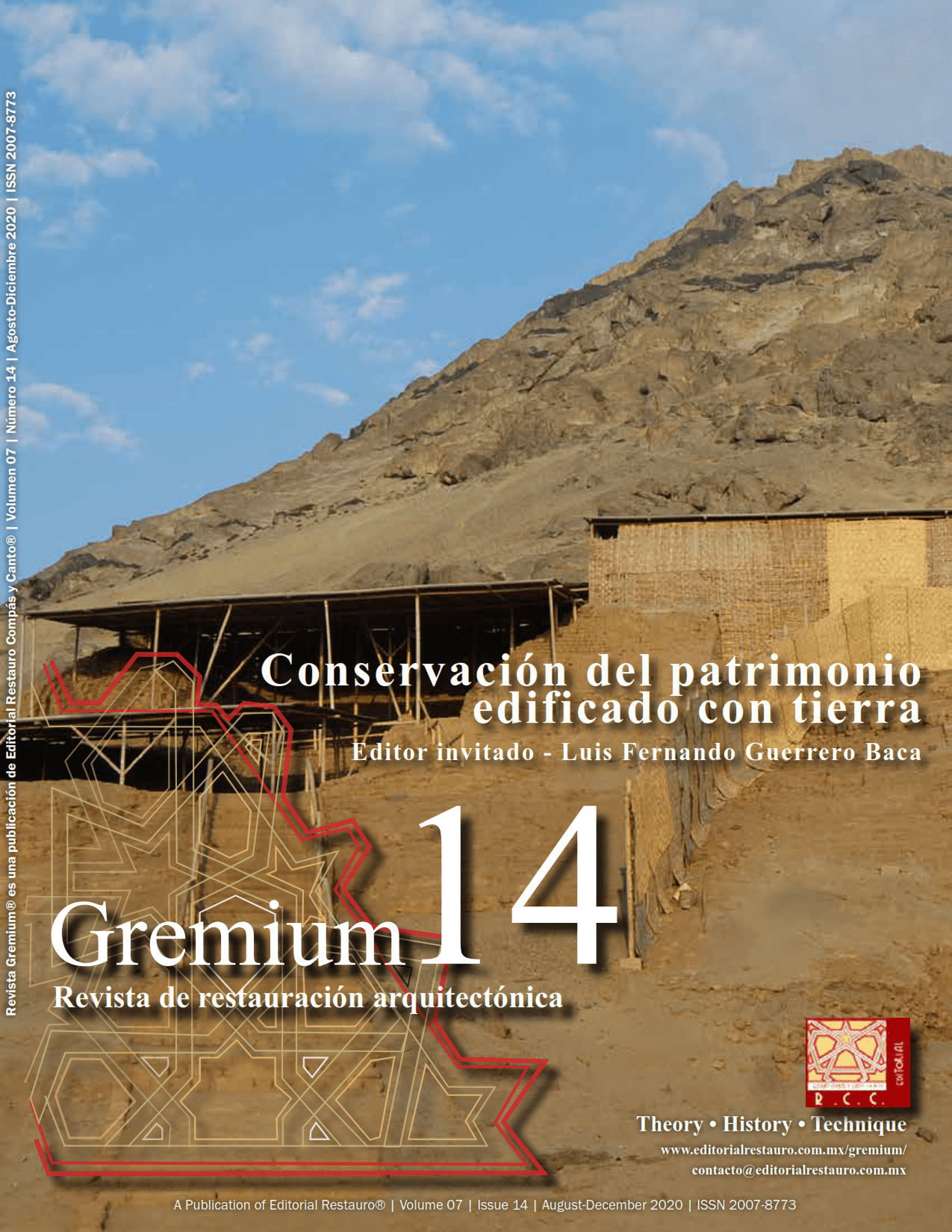Technical and territorial diversity of religious heritage in Nazareno area–Argentina
DOI:
https://doi.org/10.56039/rgn14a04Keywords:
oratory, church, ethnographic work, builders peopleAbstract
Many of the religious heritage buildings in northern Argentina have been made through various construction techniques and technologies with land, whose variations are associated with the social networks where they are produced. These buildings are at the same time the center of religious meetings and the main part of the social life of the communities in the area. Adding that they have endured over time beyond the alterations they have had. The objective of this work is to highlight the architectural-religious heritage value from the analysis of the materialization of two case studies, in the community of Campo de La Paz and Poscaya, belonging to the Municipality of Nazareno, province of Salta, in the Argentine northwest. This will be done through a comparative analysis between the buildings -church and oratory- in terms of their implementation, technology used, morphology and territorialization that these spaces forge in the communities. The methodology used has included the technical record of the buildings for subsequent signing. At the same time, a field work was carried out with an ethnographic approach where, through semistructured interviews with the inhabitants, not only the constructive history is revealed, but also the looks and senses that these buildings have for the inhabitants of the place.
Downloads
Downloads
Published
Issue
Section
License

This work is licensed under a Creative Commons Attribution-NonCommercial-ShareAlike 4.0 International License.























